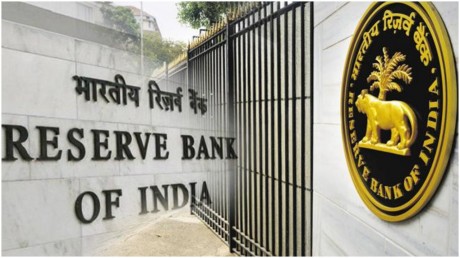The primary objective of the RBI’s monetary policy is to maintain price stability while keeping in mind the objective of growth. Price stability is a necessary precondition to sustainable growth.
A dissident member of the Reserve Bank of India’s (RBI’s) Monetary Policy Committee (MPC) has said that the central bank’s accommodative policy stance “carries with it the risk of falling behind the curve in future because the stance limits the MPC’s freedom of action in ensuing meetings”.
The MPC fixes the benchmark interest rate — or the base or reference rate that is used to set other interest rates — in India. An accommodative stance indicates a willingness on the part of the central bank to expand money supply and cut interest rates.
Also Read : 7th pay commission: Big blow to central government employees! Check latest update on 18-month DA arrears
Monetary policy
The primary objective of the RBI’s monetary policy is to maintain price stability while keeping in mind the objective of growth. Price stability is a necessary precondition to sustainable growth.
In May 2016, the RBI Act was amended to provide a legislative mandate to the central bank to operate the country’s monetary policy framework. The framework, according to the RBI website, “aims at setting the policy (repo) rate based on an assessment of the current and evolving macroeconomic situation; and modulation of liquidity conditions to anchor money market rates at or around the repo rate.
Repo rate changes transmit through the money market to the entire the financial system, which, in turn, influences aggregate demand – a key determinant of inflation and growth.”
The Committee
Under Section 45ZB of the amended RBI Act, 1934, the central government is empowered to constitute a six-member Monetary Policy Committee (MPC) to determine the policy interest rate required to achieve the inflation target. The first such MPC was constituted on September 29, 2016.
Section 45ZB lays down that “the Monetary Policy Committee shall determine the Policy Rate required to achieve the inflation target”, and that “the decision of the Monetary Policy Committee shall be binding on the Bank”.
Members of MPC
Section 45ZB says the MPC shall consist of the RBI Governor as its ex officio chairperson, the Deputy Governor in charge of monetary policy, an officer of the Bank to be nominated by the Central Board, and three persons to be appointed by the central government. The last category of appointments must be from “persons of ability, integrity and standing, having knowledge and experience in the field of economics or banking or finance or monetary policy”. (Section 45ZC)
The members of the present MPC were notified by the Centre on October 5, 2020. The three members from outside the RBI are Prof Ashima Goyal, professor at the Indira Gandhi Institute of Development Research, Prof Jayanth R Varma, professor IIM-Ahmedabad, and Dr Shashanka Bhide, senior advisor at the National Council of Applied Economic Research.





































